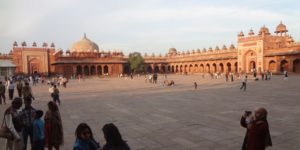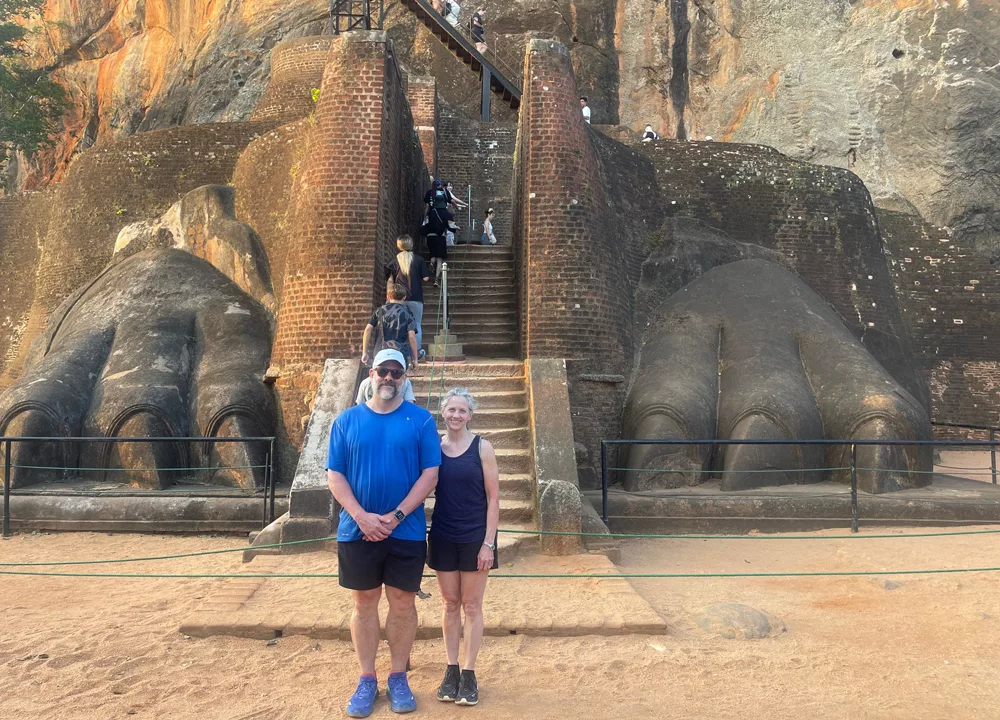Most Visited UNESCO World Heritage Sites in Southeast and South Asia
1 May 2025 Umesh Paneru
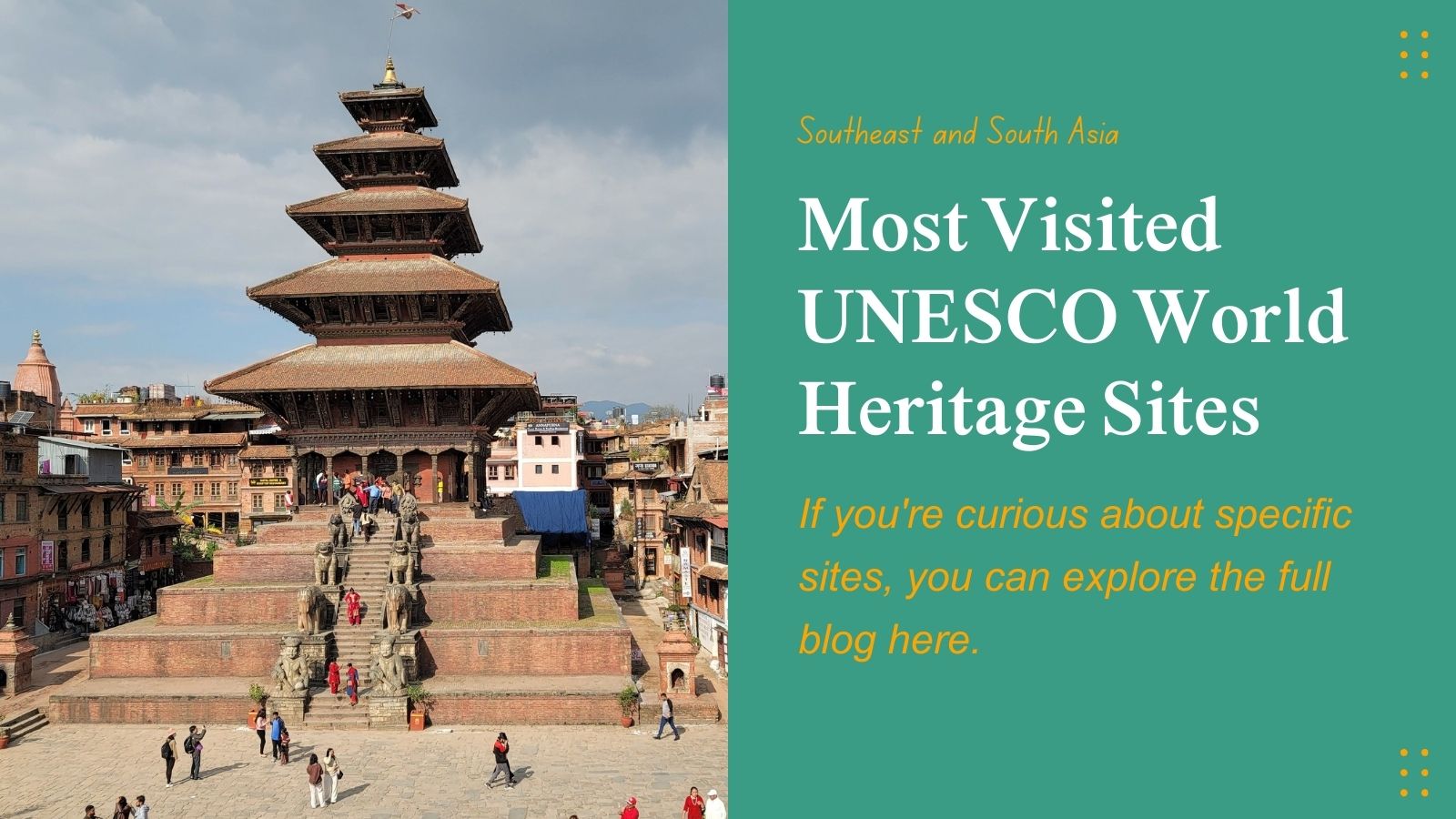
The United Nations Educational, Scientific and Cultural Organization (UNESCO) acknowledges the landmarks or areas that are man-made or natural, holding great value to humanity as a UNESCO World Heritage Site. These sites may possess cultural, historical, scientific, or natural significance. As of 2024, China has 59, and the Southeast and South Asia region has 113 UNESCO World Heritage Sites, making it 14.06% of the global total of 1223 sites. Asia Experiences presents the Most Visited UNESCO World Heritage Sites in Southeast and South Asia and China, which include cultural and natural sites attracting millions of visitors annually.
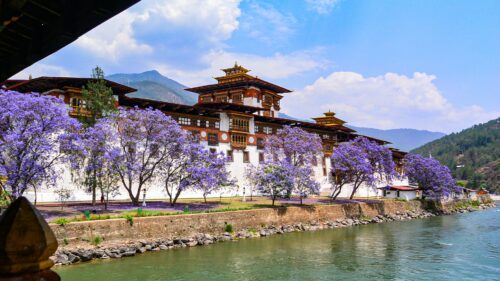
Nepal Tibet Bhutan Luxury Tour 15 Days
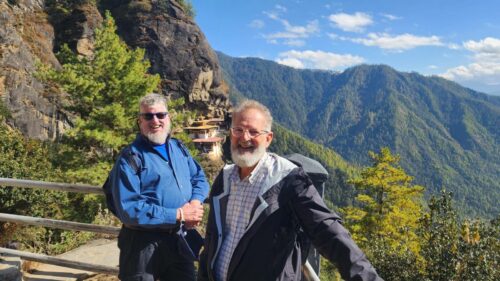
Nepal Tibet Bhutan Tour 14 Days
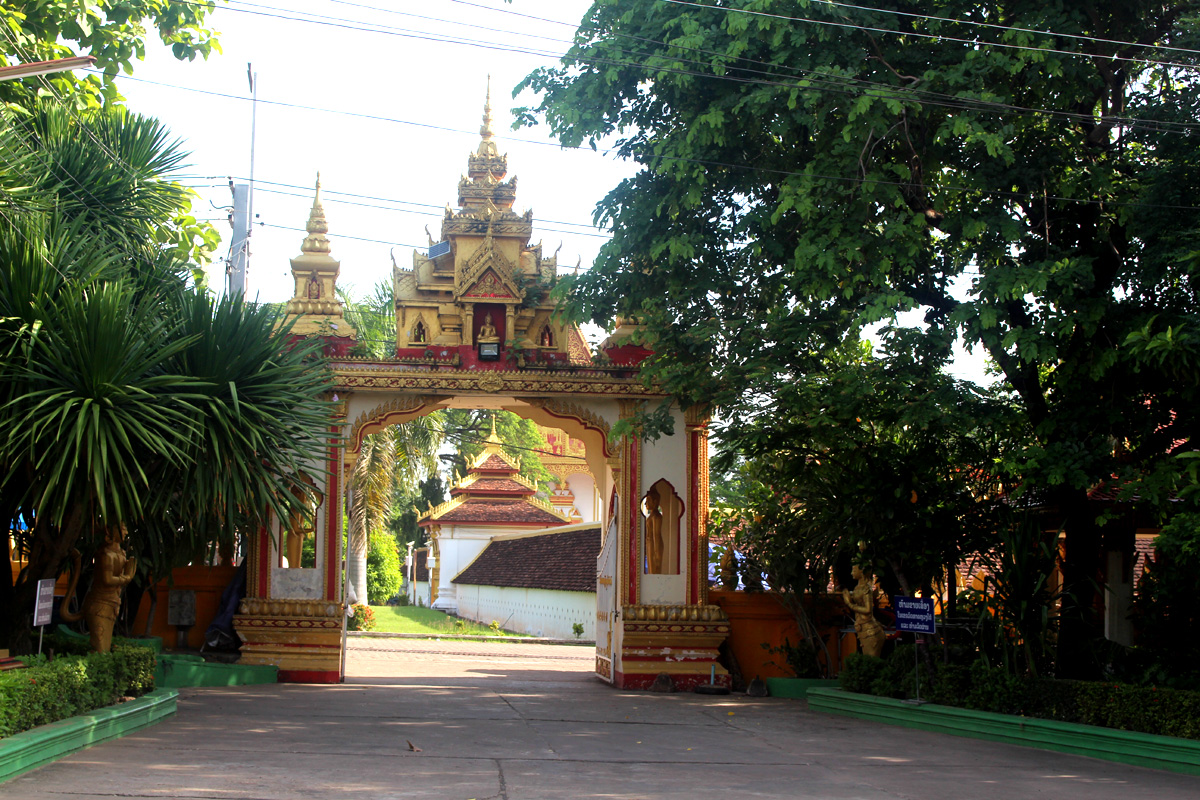
Nepal Tibet Cambodia Laos Tours 17 Days

Nepal Tibet Bhutan Laos Tour 19 Days
Nepal
The landlocked South Asian nation of Nepal has four UNESCO World Heritage Sites. The most visited World Heritage Site in Nepal is Kathmandu Valley.
Kathmandu Valley
- Honored as a UNESCO World Heritage Site in 1979.
- Home to 7 monumental zones, all of which have great historical and cultural significance.
- A great testament to the fusion of Buddhist and Hindu religions.
- Showcase authentic beauty through its incredible architectural structures that highlight the Newar locales’ artistry.
- UNESCO-listed sites include Kathmandu, Patan, Bhaktapur Durbar Squares, Swayambhunath, Bouddhanath, Pashupatinath, and Changu Narayan.
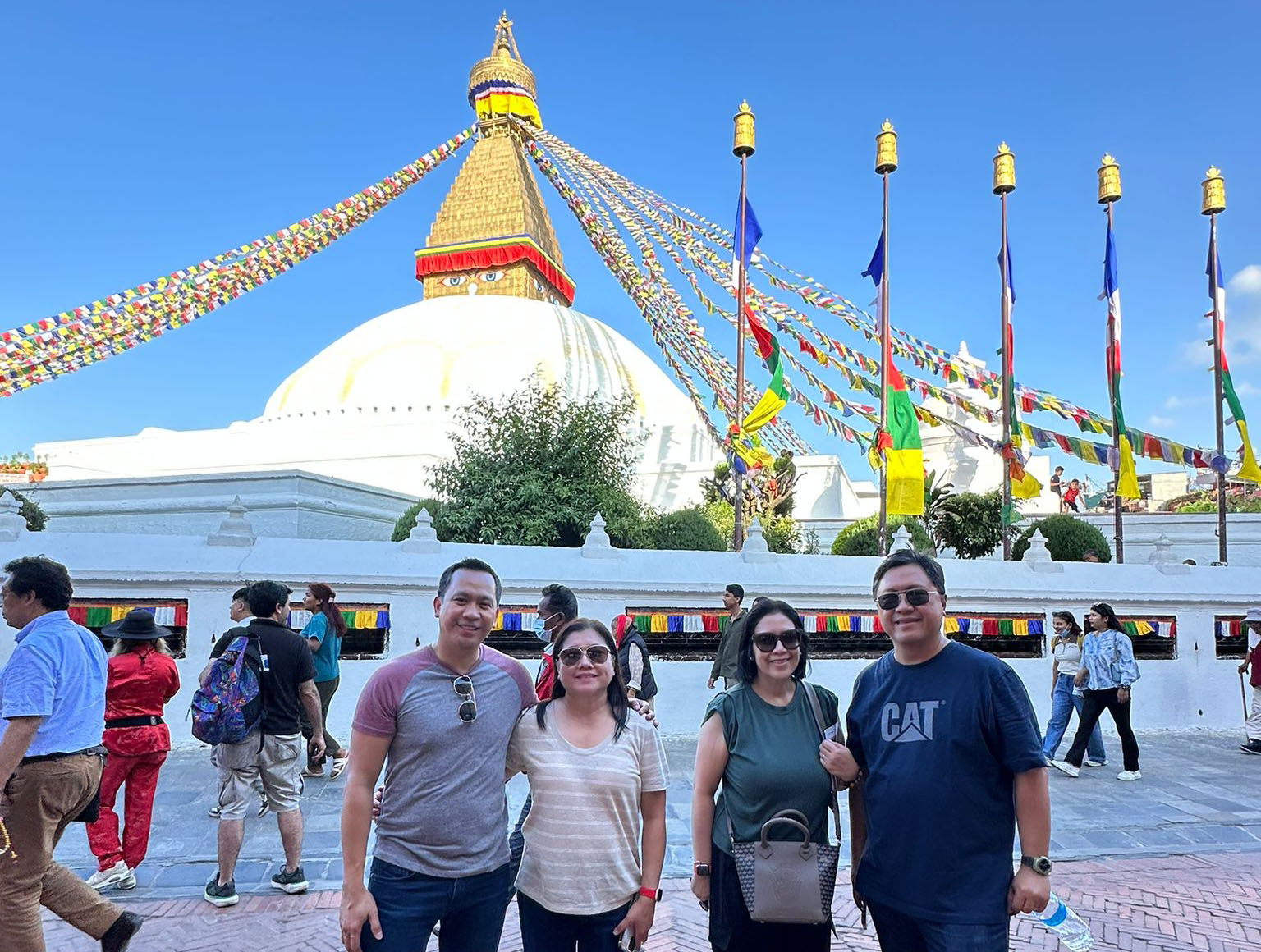
India
India has 43 UNESCO World Heritage Sites, the second-highest number in Asia. The Taj Mahal, Qutb Minar and its Monuments, and Kaziranga National Park, a natural site, are the most visited sites.
1. Taj Mahal | Agra
- Recognized as a UNESCO World Heritage Site in 1983.
- An ivory-white marble mausoleum is referred to as the symbol of love.
- An architectural magnum opus illustrating Indo-Islamic and Mughal architecture with intricate marble work.
- Detailed and delicate interior design features impressive false sarcophagi, calligraphic cenotaphs, and motifs.
- Elegant exterior design features a marble symmetrical layout, central dome, arches, and a reflecting Mughal garden showcasing incredible craftsmanship.
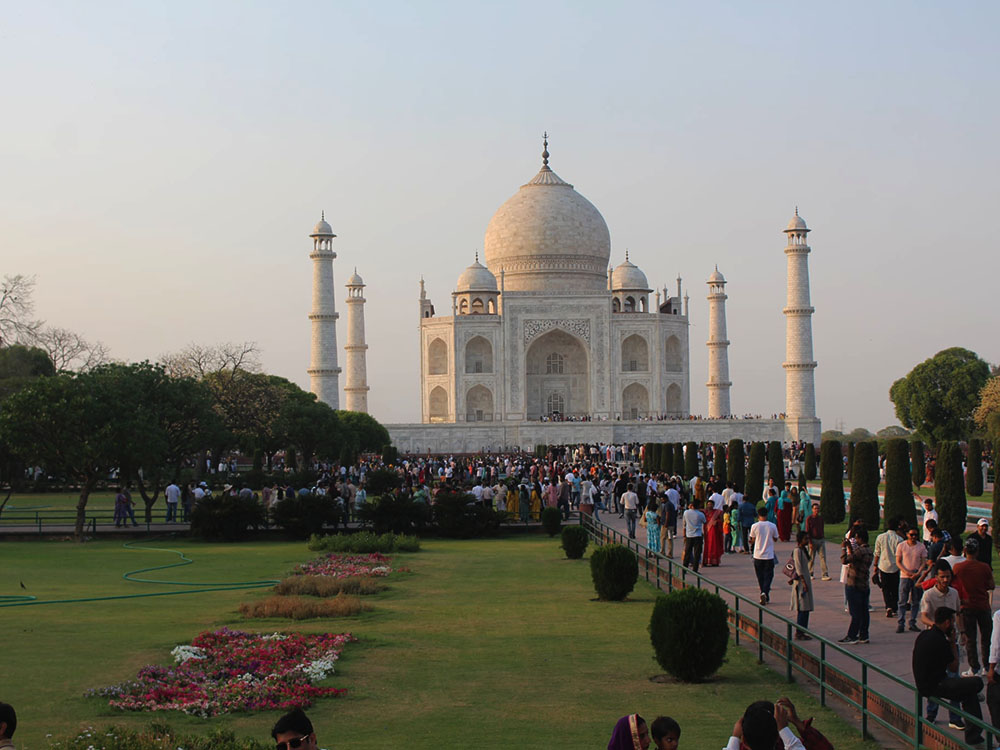
2. Qutb Minar and its Monuments | Delhi
- Part of the UNESCO World Heritage list since 1993.
- The tallest brick Minaret, Qutub Minar (72.5 m), and Alai Darwaza are great examples of Indo-Islamic architecture.
- The Qutb Minar and its monuments exemplify the power and artistic innovation of the Delhi Sultanate era.
- The cultural landmark Quwwatu’l-Islam mosque is a perfect example of classic Islamic architecture, blending Hindu and Jain temple elements.
- The royal tombs (Tomb of Iltutmish, Tomb of Imam Zamin), Alai Minar, Madarsa, and other ruins etc. are essential other landmarks.
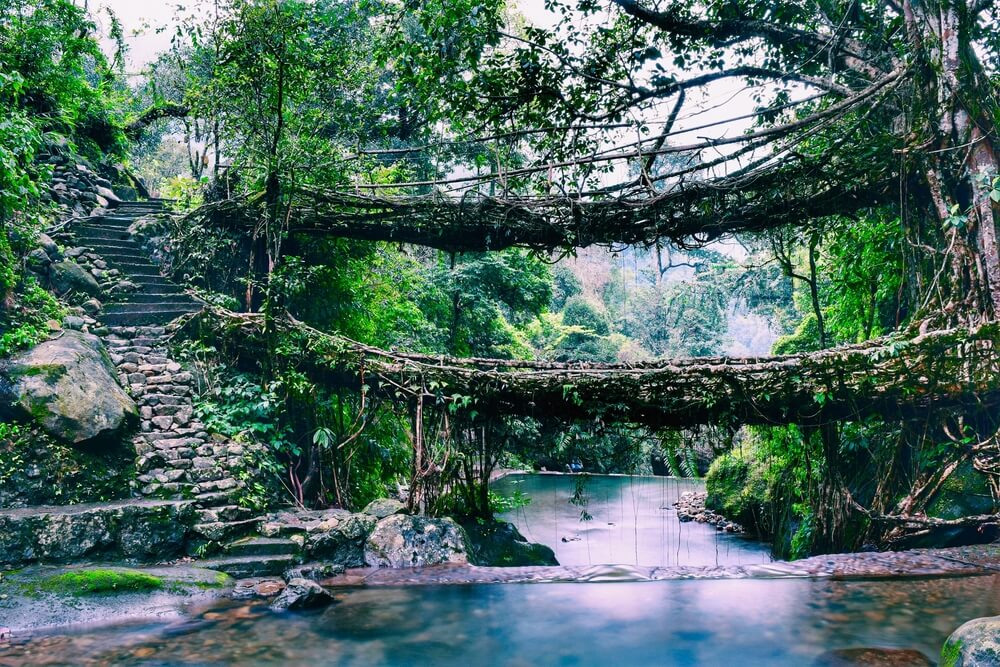
Guwahati, Shillong and Cherrapunji Tour 5 Days
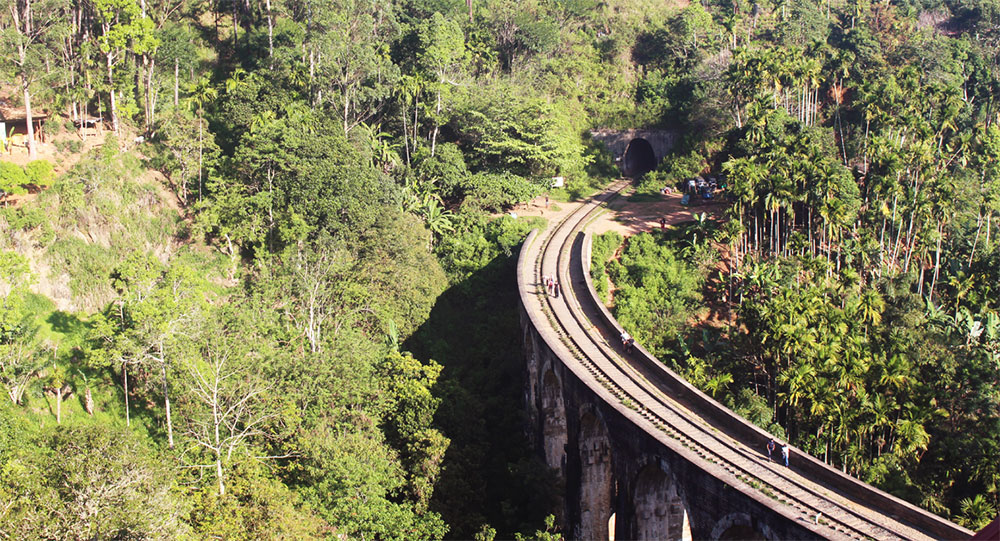
Sri-Lanka Cultural Wildlife and Beach Tour 11 Days
3. Kaziranga National Park | Assam
- Granted World Heritage status by UNESCO in 1985.
- It is home to over 2,200 Indian one-horned rhinoceroses, covering approximately. 2/3rd of their global population.
- Wildlife Hotspots of elephants, wild water buffalo, swamp deer, etc.
- Varied avifaunal species include lesser white-fronted goose, ferruginous duck, Baer’s pochard duck and lesser adjutant, greater adjutant, black-necked stork, and Asian Openbill stork.
- Station of the diverse ecosystem as it has expansive tall elephant grass, marshland, alluvial savanna woodlands, and dense tropical moist broadleaf forests shaped by the Brahmaputra River.
Bangladesh
Bangladesh has 3 World Heritage Sites, where the most visited cultural site is the Ruins of the Buddhist Vihara at Paharpur, and the natural site is the Sundarbans Mangrove Forest.
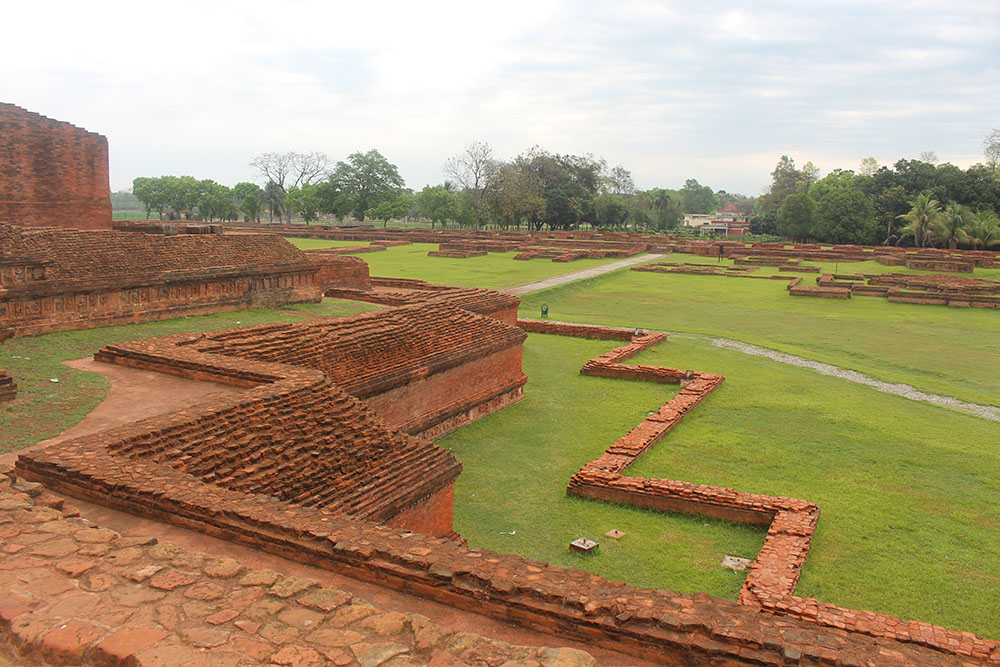
1. Ruins of the Buddhist Vihara or Somapura Mahavihara at Paharpur
- Part of the UNESCO World Heritage list since 1985.
- The extensive ruins of the Buddhist monastic complex are Bangladesh’s most significant pre-Islamic Buddhist monument.
- The architecturally incredible ancient Buddhist Vihara are the second-largest in the south of the Himalayas.
- The monastic layout features a large quadrangle with 177 cells, with a unique design of a central shrine.
- Important Archaeological sites include Cultural Artifacts such as terracotta plaques and Hindu stone sculptures.
2. The Sundarbans
- Officially declared a UNESCO World Heritage Site in 1997.
- The Largest Mangrove forest in the world boasts rich biodiversity, supports both terrestrial and marine life.
- Home to diverse species, including endangered species such as the Royal Bengal Tiger, dolphins, and river terrapin.
- The rich ecosystem consists of islands, water channels, and tidal forests, which further enhances the scenic beauty of the Sundarbans.
- It acts as a natural coastal buffer that protects inland areas from cyclones, tidal surges, and coastal erosion.
Sri Lanka
With 8 UNESCO World Heritage Sites in Sri Lanka, the cultural sites are the most visited. These sites include the Ancient City of Sigiriya, Rangiri Dambulla Cave Temple, and Old Town of Galle and its Fortifications.
1. Ancient City of Sigiriya
- Listed as a UNESCO World Heritage Site since
- A significant historical and archaeological site, marked by a towering granite column.
- An iconic 5th-century fortress and palace complex often referred to as the ‘Lion’s Rock’.
- Features architectural marvels such as unique frescoes and the remnants of a royal citadel.
- The oldest landscaped gardens feature 3 distinct water, boulders, and terraced gardens.
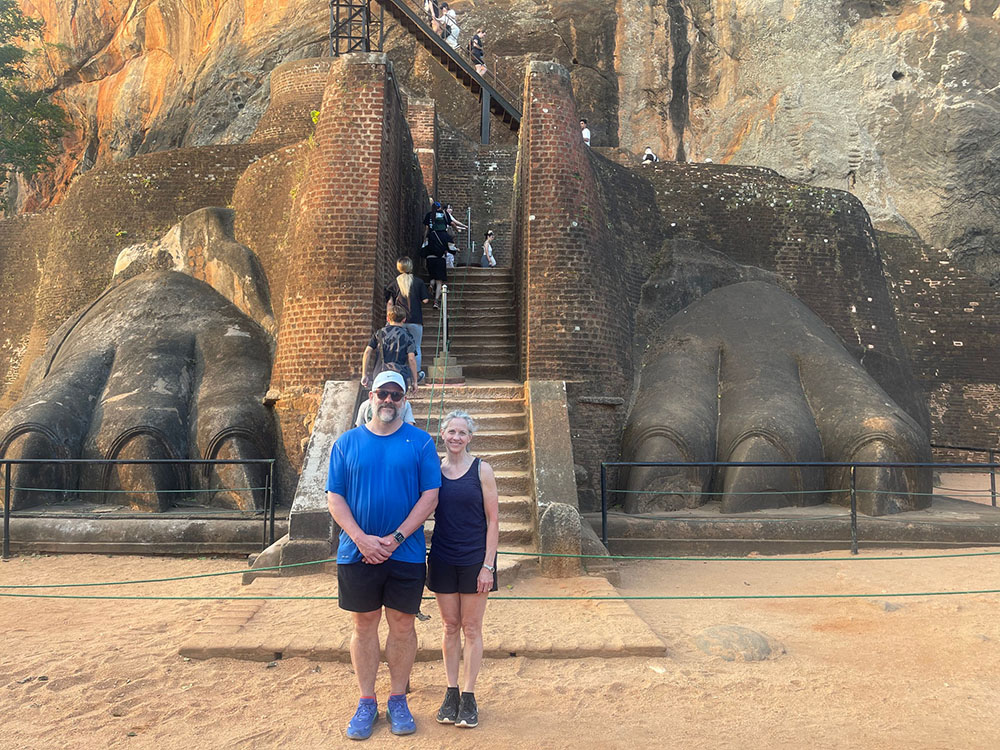
2. Rangiri Dambulla Cave Temple
- Part of the UNESCO World Heritage list since 1991.
- A major pilgrimage site with over 2,000 years of living religious heritage, highlighting Sri Lanka’s artistic and spiritual traditions.
- Also known as the Golden Temple of Dambulla is Sri Lanka’s biggest cave temple complex.
- Best-preserved cave complex features over 80 documented caves in the surrounding area.
- The rich artwork features over 150 Buddha statues and vibrant murals illustrating Buddha’s life.\

Sri-Lanka Cultural Wildlife and Beach Tour 11 Days
3. Old Town of Galle and its Fortifications
- Protected as a UNESCO World Heritage Site since 1988.
- Holds great Historical Significance as a well-preserved European fortified city in South Asia.
- It features impressive colonial architectural characteristics with ramparts that follow the natural rocky terrain.
- A Dutch-style street grid and internal courtyards reflect the distinct sense of urban planning.
- Popular landmarks include Groote Kerk (Dutch Reformed Church), the National Maritime Archaeology Museum, Clock Tower, Galle Lighthouse, etc.
China
China is the first-ranked nation in Asia with the highest number of UNESCO World Heritage sites, with a total of 59. The most visited sites in China are the Forbidden City (Imperial Palaces of the Ming and Qing Dynasties), The Great Wall, the Historic Ensemble of the Potala Palace (Lhasa), and a natural site of Sichuan Giant Panda Sanctuaries.
1. Forbidden City (Imperial Palaces) | Beijing
- A globally significant site recognized by UNESCO since 1987.
- Rise in cultural integration, such as Han, Manchu, Mongolian, and Tibetan Buddhism.
- The Forbidden City’s design embodies philosophical and religious principles that symbolize the majesty of Imperial power.
- Architecturally impressive imperial palaces also feature the world’s largest preserved ancient wooden structure.
- Its historical significance is exhibited through royal artifacts and records in the Palace Museum.
2. The Great Wall | Beijing
- Inscribed by UNESCO as a World Heritage Site in 1987.
- Holds great historic importance as the world’s largest military structure that spans over 20,000 km.
- Culturally significant through culture exchange between the nomadic and agricultural societies in ancient China.
- It consists of walls, horse tracks, watch towers, fortresses, and shelters on the wall.
- The greatest example of ancient China’s civilization.
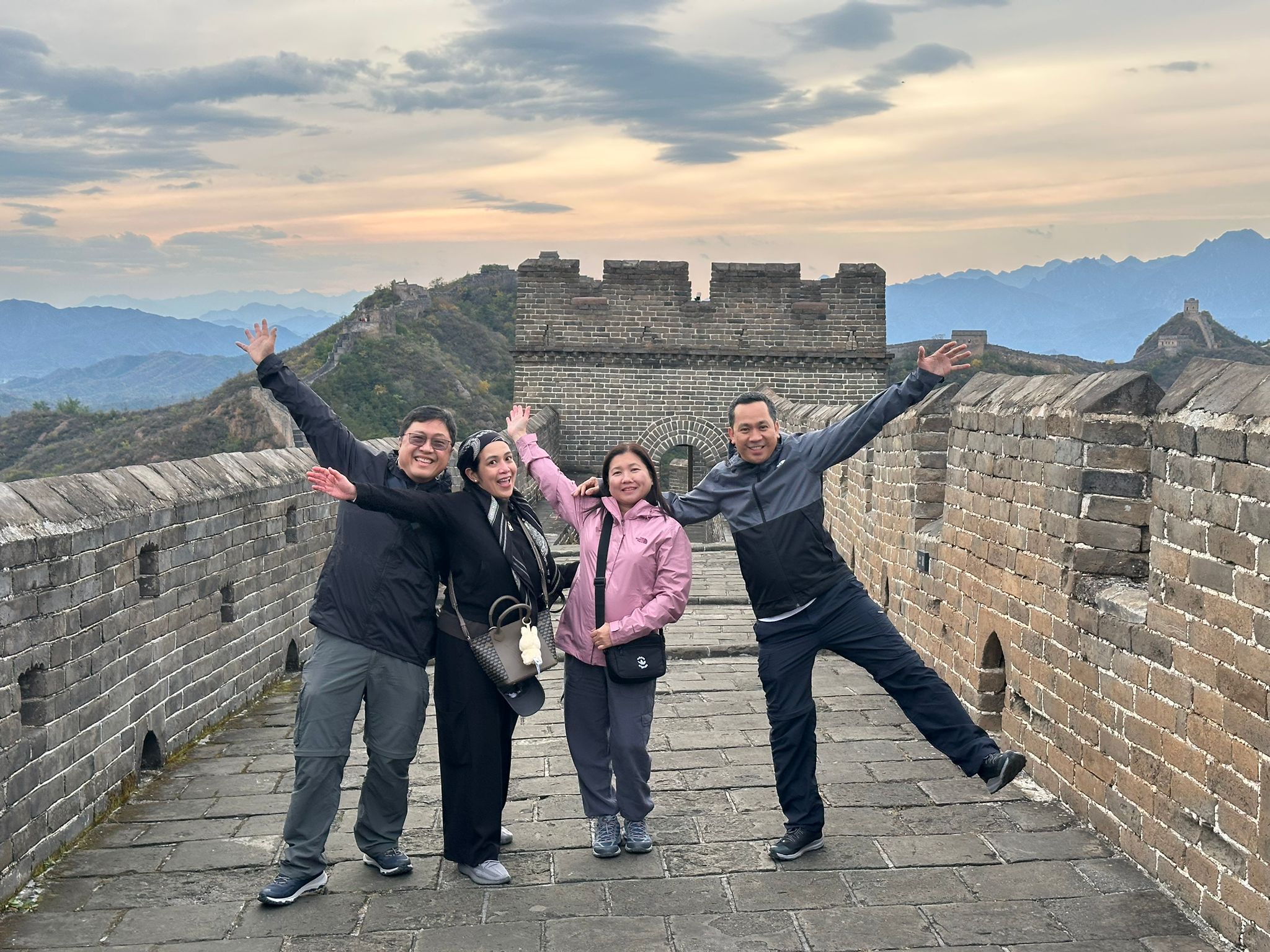
3. Sichuan Giant Panda Sanctuaries | Sichuan
- Designated a UNESCO World Heritage Site in the year 2006.
- Largest sanctuaries for the endangered Giant Pandas, covering over 30% of their global population.
- The most significant site for captive breeding and conservation of the Giant Pandas.
- The richest botanical site with over 5,000 flora species also shelters global endangered species such as red pandas, snow leopards, and clouded leopards.
- Naturally diverse sanctuary with eight nature reserves and nine scenic parks in the Qionglai and Jiajin Mountains spans over 9245 sq. km.
4. Historic Ensemble of the Potala Palace | Lhasa
- Part of the UNESCO World Heritage list since 1994, extended in 2000 & 2001.
- Potala Palace, Jokhang Temple, and Norbulingka Palace symbolize Tibetan Buddhism playing a key role in Tibet’s governance and culture.
- Architecturally notable Potala Palace boasts 698 murals, nearly 10,000 painted scrolls, valuable artifacts, and jewelry.
- The well-built Tibetan Buddhist style Jokhang Temple houses over 3,000 Buddha images and other deities, mural paintings, and manuscripts.
- Norbulingka Palace displays an impressive artistic layout with a large garden, four palace complexes, and a monastery.

Cambodia
Angkor Archaeological Park is the most visited site among the 4 UNESCO World Heritage Sites in Cambodia.
1. Angkor Archaeological Park | Siem Reap
- Holding UNESCO World Heritage status since 1992.
- Showcase the Khmer Empire’s remnants from the 9th to the 15th century, reflecting a remarkable civilization.
- Home to artistically stunning, various ancient temples, monuments, and archaeological sites.
- The Temples, such as Angkor Wat, Bayon, Ta Prohm, Angkor Thom, etc., depict cultural, religious, and symbolic values.
- Rural life inside the park still exists, and people practice traditional farming, particularly rice cultivation.
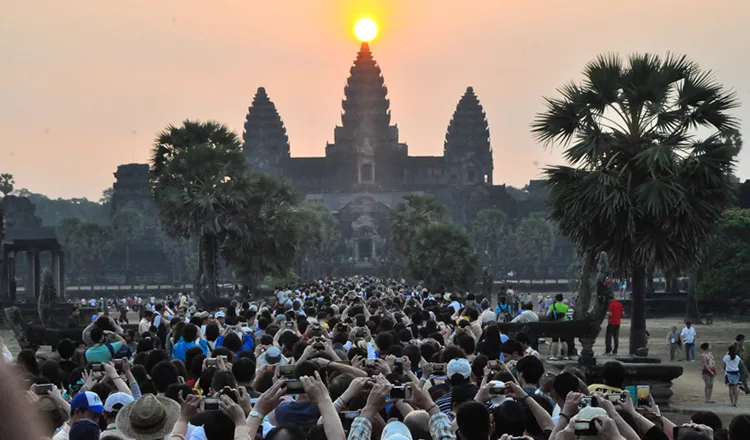
Laos
Laos has 3 World Heritage Sites, where the town of Luang Prabang is the most visited site.
1. Town of Luang Prabang
- Officially declared a UNESCO World Heritage Site in 1995.
- The best example of the combination of traditional architecture and European-influenced Lao urban structures.
- Daily alms-giving rituals show their religious significance.
- Cultural attractions include Wat Wisunarat, Wat Xieng Thong, Phra Bang, Royal Palace Museum, etc.
- Natural attractions include Kuang Si Falls, Pak Ou Caves, Mount Phou Si, etc.
Myanmar
Among the two UNESCO World Heritage Sites in Myanmar, the cultural site of Bagan is the most visited.
1. Bagan
- Honored as a UNESCO World Heritage Site in 2019.
- It houses over 2200 temples, stupas, monasteries, and pagodas as well as archaeological remains, frescoes, and sculptures from the 9th –13th centuries.
- Features a remarkable range of Buddhist art and architecture.
- Exhibits the century-old cultural tradition of Theravada Buddhism.
- Layered cultural heritages including Shwezigon Pagoda, Thatbyinnyu Temple, Dhammayangyi Temple, Ananda Temple, Bupaya Pagoda, Bagan Archaeological Museum, etc.
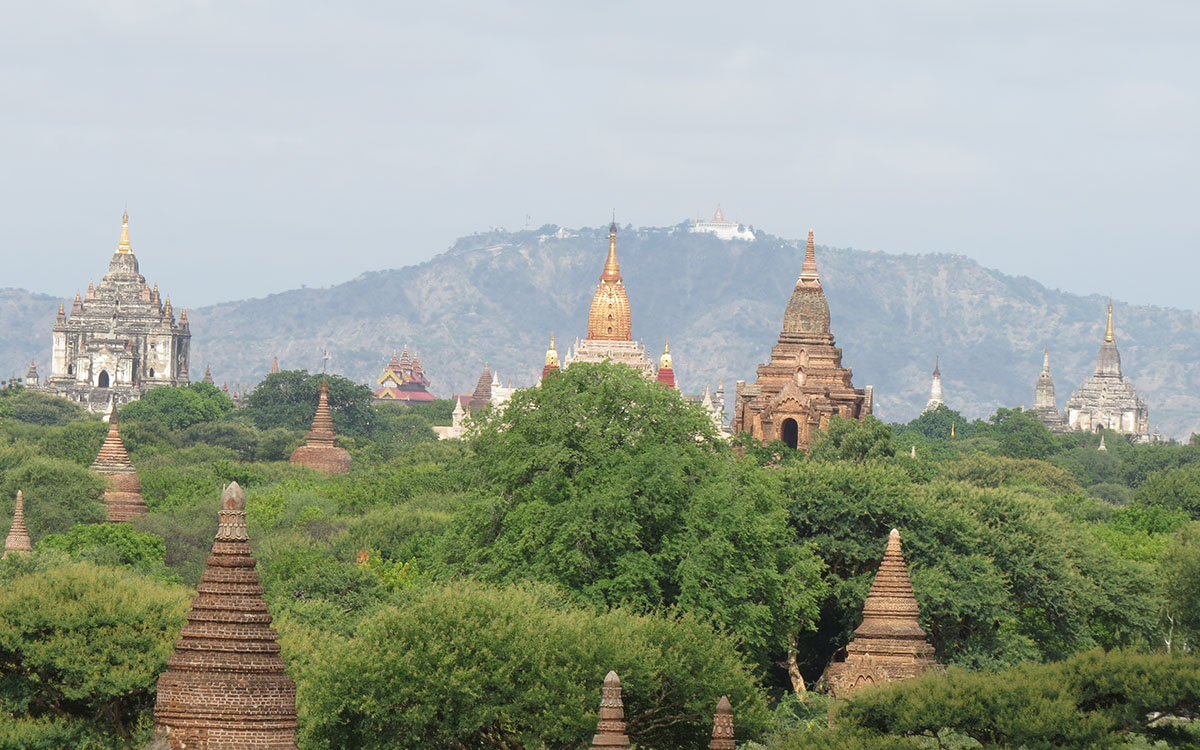
Thailand
Thailand is home to 8 UNESCO World Heritage Sites, where the most visited sites are the Historic City of Ayutthaya and the Ban Chiang Archaeological Site.
1. Historic City of Ayutthaya
- Listed as a UNESCO World Heritage Site since 1991.
- It is home to 67 temples.
- Ayutthaya Historical Park features the ruins of the old city of Ayutthaya.
- Ayutthaya Historical Study Centre displays reconstructions from the past and historical details of Ayutthaya from 1351 to 1767.
- Most Iconic Buddhist temples (Wat Phra Si Sanphet, Wiharn Phra Mongkol Bophit, Wat Mahathat, Wat Ratchaburana, etc.)
2. Ban Chiang Archaeological Site
- A UNESCO World Heritage Site since 1992.
- The most significant prehistoric settlement dates back to 1500 BC in Southeast Asia.
- The evolution of agriculture, technology, and culture, with proof of wet rice agriculture, metalworking, and burial customs.
- Earliest evidence of antique items such as ancient tools, pottery items, artifacts, and household items.
- The excavation sites at Wat Po Si Nai display cultural artifacts and replicated skeletons as they appeared during excavation.
Vietnam
Ha Long Bay and Hội An Ancient Town are the most visited sites among the 8 UNESCO World Heritage Sites in Vietnam.
1. Ha Long Bay – Cat Ba Archipelago
- Designated in 1994, extended in 2000 and 2023 as a UNESCO World Heritage Site.
- It features 1,133 islands of islets, where most are limestone karst formations.
- Rich in biodiversity, which is home to 60 endemic faunal species and 14 endemic floral species.
- Abundant lakes, caves, and features unique fengcong (conical peak clusters) and fenglin (isolated towers) formations in Marine Karst.
- Ancient cultures of the Soi Nhụ (18,000–7,000 BC), the Cái Bèo culture (7,000–5,000 BC), and the Hạ Long culture (5,000–3,500 years ago).
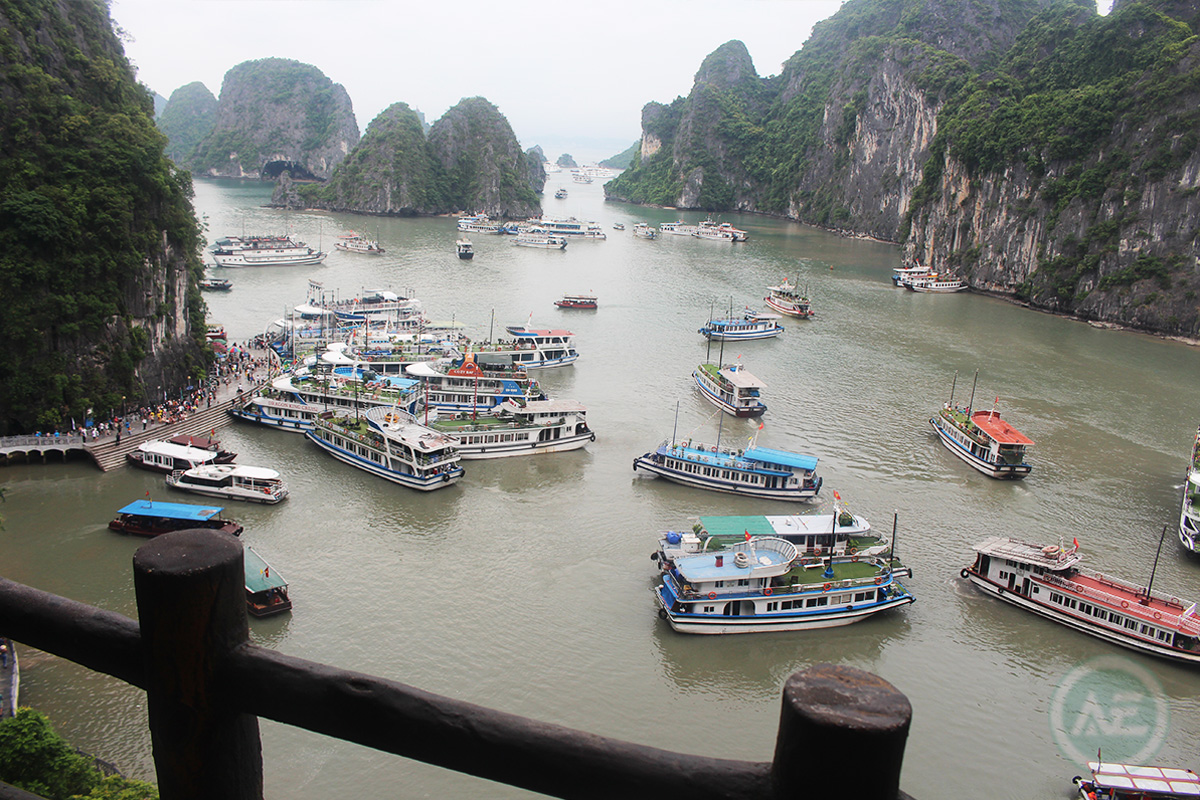
2. Hội An Ancient Town
- Inscribed in 1999 as a UNESCO World Heritage Site.
- Also recognized as a UNESCO Creative City for its rich cultural heritage.
- Features Historic Architecture (1,107 timber-frame buildings, the iconic Japanese Bridge, etc.)
- 4 museums managed by the Hoi An Center for Cultural Heritage Management and Preservation showcase the region’s history.
- Fusion of indigenous cultures with Chinese, Japanese, and European influences.
List of UNESCO Heritage Sites in South and Southeast Asia and China
| Country Names | UNESCO World Heritage Sites |
| Nepal- Cultural Sites: 2, Natural Sites: 2 | Kathmandu Valley Sagarmatha National Park Chitwan National Park Lumbini, the Birthplace of the Lord Buddha |
| India- Cultural Sites: 35, Natural Sites: 7, Cultural & Natural Sites: 1 | Agra Fort Ajanta Caves Ellora Caves Taj Mahal Group of Monuments at Mahabalipuram Sun Temple, Konârak Kaziranga National Park Keoladeo National Park Manas Wildlife Sanctuary Churches and Convents of Goa Fatehpur Sikri Group of Monuments at Hampi Khajuraho Group of Monuments Elephanta Caves Great Living Chola Temples 13 Group of Monuments at Pattadakal Sundarbans National Park Nanda Devi and Valley of Flowers National Parks Buddhist Monuments at Sanchi Humayun’s Tomb, Delhi Qutb Minar and its Monuments, Delhi Mountain Railways of India Mahabodhi Temple Complex at Bodh Gaya Rock Shelters of Bhimbetka Champaner-Pavagadh Archaeological Park Chhatrapati Shivaji Terminus (formerly Victoria Terminus) Red Fort Complex The Jantar Mantar, Jaipur Western Ghats Hill Forts of Rajasthan Great Himalayan National Park Conservation Area Rani-ki-Vav (the Queen’s Stepwell) at Patan, Gujarat Archaeological Site of Nalanda Mahavihara at Nalanda, Bihar Khangchendzonga National Park The Architectural Work of Le Corbusier, an Outstanding Contribution to the Modern Movement * Historic City of Ahmadabad Victorian Gothic and Art Deco Ensembles of Mumbai Jaipur City, Rajasthan Dholavira: a Harappan City Kakatiya Rudreshwara (Ramappa) Temple, Telangana Sacred Ensembles of the Hoysalas Santiniketan Moidams – the Mound-Burial System of the Ahom Dynasty |
| Bangladesh- Cultural Sites: 2, Natural Sites: 1 | Historic Mosque City of Bagerhat Ruins of the Buddhist Vihara at Paharpur The Sundarbans |
| Sri Lanka- Cultural Sites: 6, Natural Sites: 2 | Ancient City of Polonnaruwa Ancient City of Sigiriya Sacred City of Anuradhapura Old Town of Galle and its Fortifications Sacred City of Kandy Sinharaja Forest Reserve 30 Rangiri Dambulla Cave Temple Central Highlands of Sri Lanka |
| China- Cultural Sites: 40, Natural Sites: 15, Cultural & Natural Sites: 4 | Imperial Palaces of the Ming and Qing Dynasties in Beijing and Shenyang Mausoleum of the First Qin Emperor Mogao Caves Mount Taishan Peking Man Site at Zhoukoudian The Great Wall Mount Huangshan Huanglong Scenic and Historic Interest Area Jiuzhaigou Valley Scenic and Historic Interest Area Wulingyuan Scenic and Historic Interest Area Ancient Building Complex in the Wudang Mountains Historic Ensemble of the Potala Palace, Lhasa 8 Mountain Resort and its Outlying Temples, Chengde Temple and Cemetery of Confucius and the Kong Family Mansion in Qufu Lushan National Park Mount Emei Scenic Area, including Leshan Giant Buddha Scenic Area Ancient City of Ping Yao Classical Gardens of Suzhou Old Town of Lijiang Summer Palace, an Imperial Garden in Beijing Temple of Heaven: an Imperial Sacrificial Altar in Beijing Dazu Rock Carvings Mount Wuyi Ancient Villages in Southern Anhui – Xidi and Hongcun Imperial Tombs of the Ming and Qing Dynasties Longmen Grottoes Mount Qingcheng and the Dujiangyan Irrigation System Yungang Grottoes Three Parallel Rivers of Yunnan Protected Areas Capital Cities and Tombs of the Ancient Koguryo Kingdom Historic Centre of Macao Sichuan Giant Panda Sanctuaries – Wolong, Mt Siguniang, and Jiajin Mountains Yin Xu Kaiping Diaolou and Villages South China Karst Fujian Tulou Mount Sanqingshan National Park Mount Wutai China Danxia Historic Monuments of Dengfeng in “The Centre of Heaven and Earth” West Lake Cultural Landscape of Hangzhou Chengjiang Fossil Site Site of Xanadu Cultural Landscape of Honghe Hani Rice Terraces Xinjiang Tianshan Silk Roads: the Routes Network of Chang’an-Tianshan Corridor * The Grand Canal Tusi Sites Hubei Shennongjia Zuojiang Huashan Rock Art Cultural Landscape Kulangsu, a Historic International Settlement Qinghai Hoh Xil Fanjingshan Archaeological Ruins of Liangzhu City Migratory Bird Sanctuaries along the Coast of Yellow Sea-Bohai Gulf of China Quanzhou: Emporium of the World in Song-Yuan China Cultural Landscape of Old Tea Forests of the Jingmai Mountain in Pu’er Badain Jaran Desert – Towers of Sand and Lakes Beijing Central Axis: A Building Ensemble Exhibiting the Ideal Order of the Chinese Capital |
| Cambodia- Cultural Sites: 4 | Angkor Temple of Preah Vihear Temple Zone of Sambor Prei Kuk, Archaeological Site of Ancient Ishanapura Koh Ker: Archaeological Site of Ancient Lingapura or Chok Gargyar |
| Laos- Cultural Sites: 3 | Town of Luang Prabang Vat Phou and Associated Ancient Settlements within the Champasak Cultural Landscape Megalithic Jar Sites in Xiengkhuang – Plain of Jars |
| Myanmar- Cultural Sites: 2 | Pyu Ancient Cities Bagan |
| Thailand- Cultural Sites: 5, Natural Sites: 3 | Historic City of Ayutthaya Historic Town of Sukhothai and Associated Historic Towns Thungyai-Huai Kha Khaeng Wildlife Sanctuaries Ban Chiang Archaeological Site Dong Phayayen-Khao Yai Forest Complex Kaeng Krachan Forest Complex The Ancient Town of Si Thep and its Associated Dvaravati Monuments Phu Phrabat, a testimony to the Sīma stone tradition of the Dvaravati period |
| Vietnam- Cultural Sites: 5, Natural Sites: 2, Cultural & Natural Sites: 1 | Complex of Hué Monuments Ha Long Bay – Cat Ba Archipelago Hoi An Ancient Town My Son Sanctuary Phong Nha-Ke Bang National Park Central Sector of the Imperial Citadel of Thang Long – Hanoi Citadel of the Ho Dynasty Trang An Landscape Complex |
Asia Experiences (A product of Everest Vacation P. Ltd.), specializing in South Asia and Southeast Asia multi-country tours, offers diverse packages for all age groups. We have various options for tour packages for travelers seeking cultural, historical, spiritual, natural, or adventure tour experiences.
There is also flexibility in customizing the itineraries to your preferences. Some of our packages are as follows, which include both South Asia and Southeast Asian destinations:
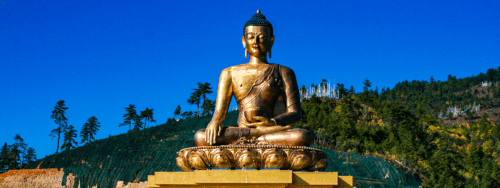
Nepal Bhutan Luxury Tour 12 Days
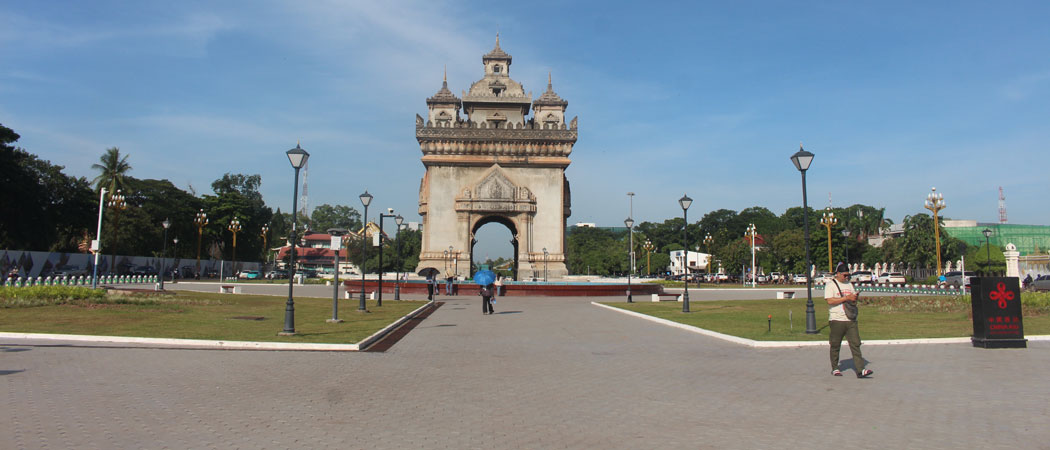
Thailand Cambodia Vietnam and Laos Tours 19 Days
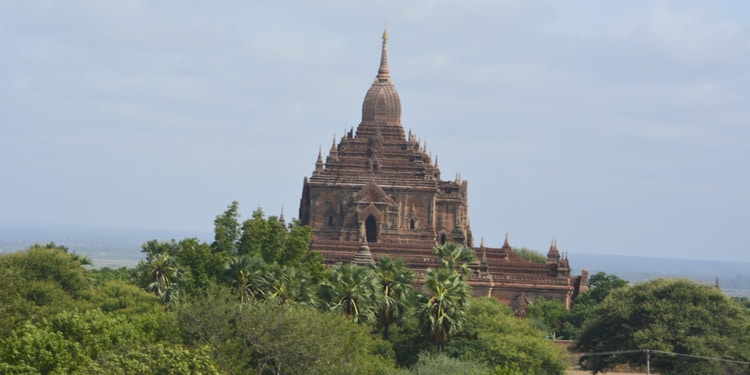
Nepal Tibet Thailand Myanmar Tour 20 Days

India Bhutan Bangladesh Tour 21 Days
